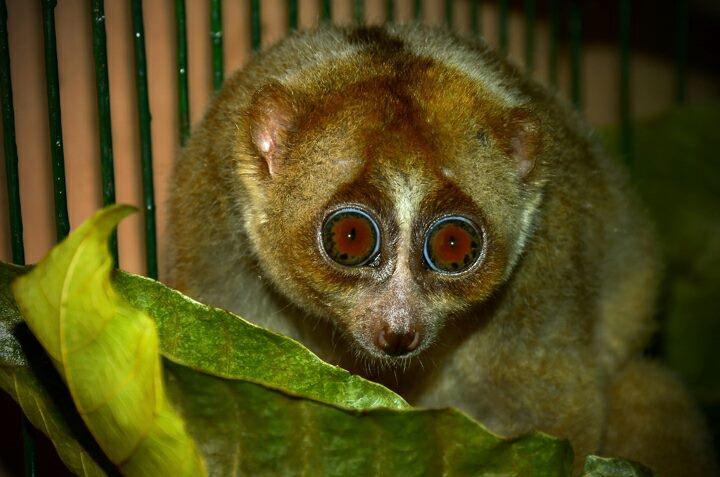Freddy Pattiselanno
Other projects
24 Jan 2014
Protecting Cuscus Habitat in Coastal Environment of the Cenderawasih Bay, Papua
The aims of this project is to:
1)evaluate the subsistence hunting and current use of wildlife in the Bird’s Head Peninsula of Papua;
2) identify factors affecting hunting pressure on wildlife as well as to observe the available wildlife market in hunting areas on the coast of West Papua.

Worldwide, assessment of hunting in tropical forests show that extraction of wildlife is unsustainable, leading to the decline of wildlife populations known as “empty forest” syndrome and poses a substantial threat to biodiversity. Indigenous people of West Papua are dependent on the extraction of plants and animals in the tropical forests, however, despite the global importance of these forests there has no research on hunting or the impact of that on biodiversity in West Papua. Human populations within remote forest areas who have difficulty accessing markets and alternative protein sources, mostly rely on wild meat from hunting. The development of transport infrastructure (generally roads), also creates greater access to hunters from other sites and is considered as a critical factor in driving the use of wild meat. This project will concentrate on assessing the effects of population density, accessibility and alternative sources of protein on hunting in rainforests of West Papua.
As research on wildlife hunting in West Papua is extremely and disparate limited, this study will provide a comprehensive understanding on subsistence hunting and a current use of wildlife by local communities. This information will improve our knowledge of the subsistence hunting effect on hunted species, prey composition as well as prey availability. Identifying hunted species in respond to the methods of hunting and effort spent in hunting will express the dynamics of hunting to wild animal populations, and will give opportunities to more reliably estimate the interaction between human, animals and their habitat in relation to ecological approaches. Equally, the current use of hunted species particularly as food and trade items will give more opportunities to understand the contribution of hunting to local livelihood.
This research will contribute to our knowledge on livelihood production along the coast and the role of forest and forest products on livelihood production in general. In terms of information gap, this research will fill the gap on wildlife hunting in Sumatra, Borneo, Java and Sulawesi and Papua New Guinea. It will allow comparison with other experiences in the western part of Indonesia and with the neighbouring Papuan communities in Papua New Guinea.